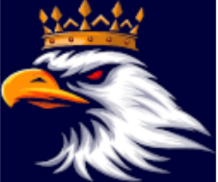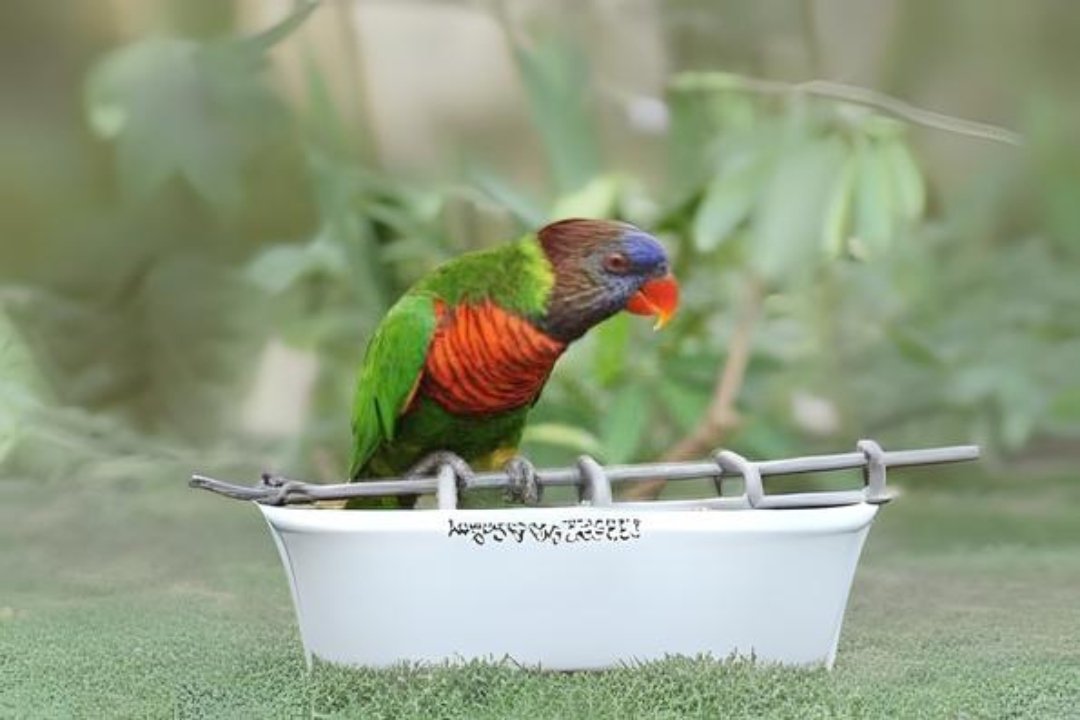Introduction to the Loriinae
Loriinae parrots, ordinarily known as lories and lorikeets, are among the most energetic and intriguing individuals from the avian world. Their stunning plumage, vivacious way of behaving, and one of a kind dietary requirements make them a subject of extraordinary interest for bird devotees and specialists the same. This article digs profound into the universe of Loriinae parrots, investigating their scientific categorization, actual qualities, territory, diet, conduct, reproducing, and protection status.
Taxonomy and Classification
Loriinae parrots have a place with the subfamily Loriinae inside the Psittacidae family. This subfamily incorporates roughly 60 species, which are additionally partitioned into two clans
Loriini This clan incorporates the lories and lorikeets, known for their specific eating regimen and clear tones.
Melopsittacini This clan incorporates species like the Budgerigar.
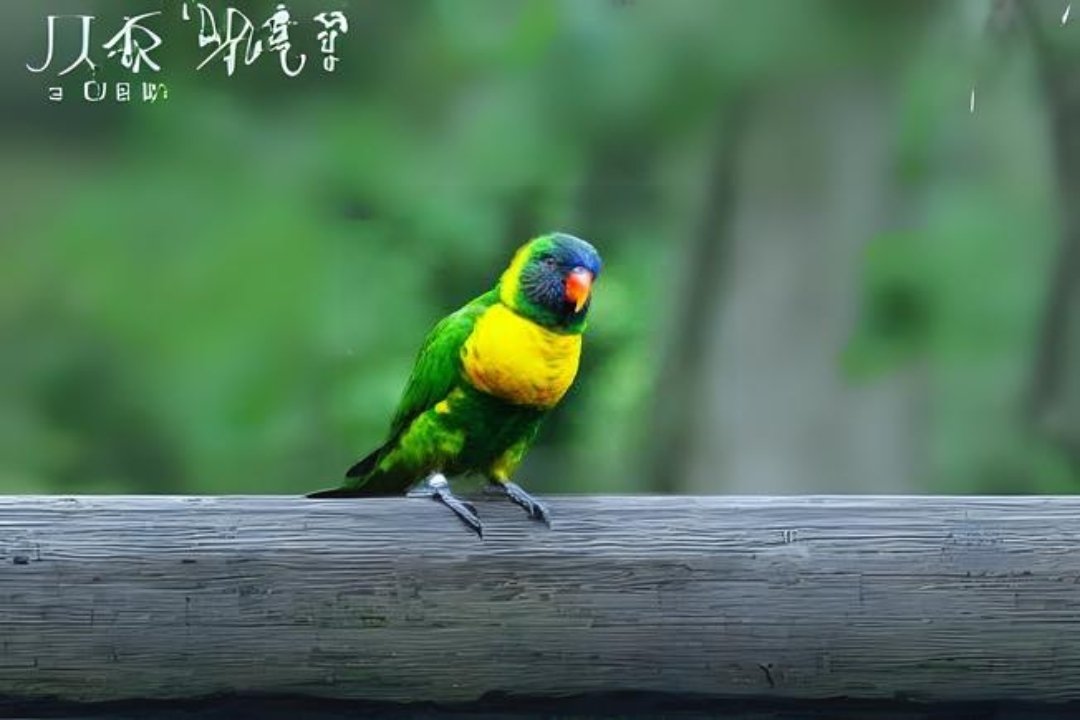
Physical Characteristics
Loriinae parrots are eminent for their marvelous plumage, which can incorporate a stunning exhibit of varieties like red, blue, green, yellow, and purple. They are medium estimated birds, with lengths going from 6 to 15 inches. Their thin, tightened tails and brush-tipped tongues are unmistakable highlights, the last option being a transformation for their nectarivores diet.
Habitat and Distribution
Loriinae parrots are principally tracked down in the Australasian district, including Australia, New Guinea, Indonesia, and encompassing islands. They possess different conditions, from beach front mangroves and swamp rainforests to rugged locales. Their favored natural surroundings are those wealthy in blooming plants, which give their essential food source.
Diet and Feeding Behavior
Not at all like numerous different parrots, Loriinae parrots essentially feed on nectar and dust. Their brush-tipped tongues are uncommonly adjusted to effectively remove nectar from blossoms. They additionally consume organic products, seeds, and bugs. This diet impacts their way of behaving and social designs as well as assumes a critical part in the fertilization of various plant species in their natural surroundings.
Behavior and Social Structure
Loriinae parrots are profoundly friendly and dynamic birds, known for their perky and some of the time naughty way of behaving. They are much of the time found in herds, taking part in gymnastic shows and expressing noisily. Their calls can go from pleasant peeps to brutal screeches, contingent upon the species and the setting of the correspondence. These parrots serious areas of strength for structure bonds and are known for their tender nature, both with their mates and human parental figures in imprisonment.
Breeding and Lifespan
The rearing propensities for Loriinae parrots change among species yet for the most part include settling in tree hollows. Females regularly lay 2-3 eggs, which they brood for around 25 days. The chicks fledge roughly two months in the wake of bring forth. In the wild, these parrots can satisfy 15 years, while those in imprisonment, with appropriate consideration, can live fundamentally longer, some of the time surpassing 30 years.
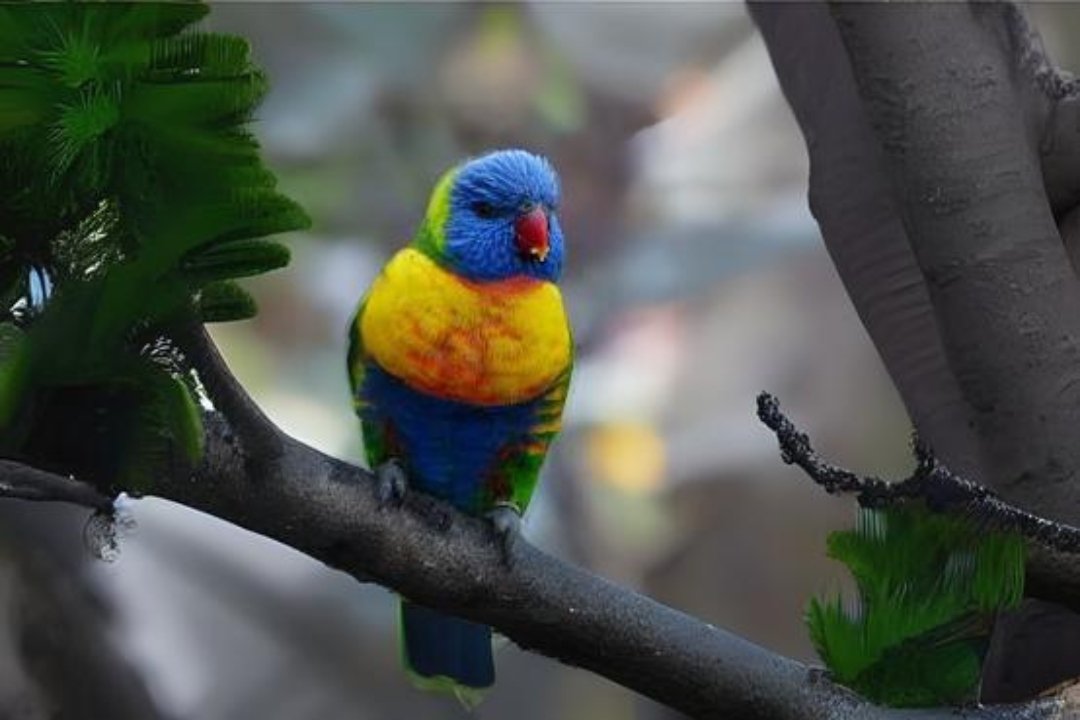
Conservation Status and Threats
The preservation status of Loriinae parrots fluctuates broadly among species. A few animal types, similar to the Rainbow Lorikeet (Trichoglossus moluccanus), are plentiful and flourishing. Others, like the basically jeopardized Ultramarine Lorikeet (Plant ultramarine), face extreme dangers from living space misfortune, intrusive species, and the unlawful pet exchange. Preservation endeavors are in progress to safeguard these dynamic birds, zeroing in on living space protection, reproducing programs, and rigid guidelines against unlawful dealing.
Notable Species
Rainbow Lorikeet (Trichoglossus moluccanus) Perhaps the most striking species, the Rainbow Lorikeet is eminent for its splendid, multi-concealed plumage and energetic approach to acting. They are typically found in Australia and have changed well to metropolitan circumstances.
Red Lory (Eos borne) Neighborhood to the Maluku Islands in Indonesia, the Red Lory is known for its striking red tufts and carefree mentality. They thrive in tropical rainforests and are popular in the pet trade.
Ultramarine Lorikeet (Plant ultramarine) This fundamentally risked species is found in the Marquesas Islands in French Polynesia. Its dynamic blue and green plumage makes it a stunning sight, yet normal environmental elements mishap and introduced trackers have truly impacted its general population.
Dim covered Lory (Lories lory) Neighborhood to New Guinea and nearby islands, the Dull covered Lory has a specific zit, red body, and green wings. They are known for their tumultuous calls and social nature.
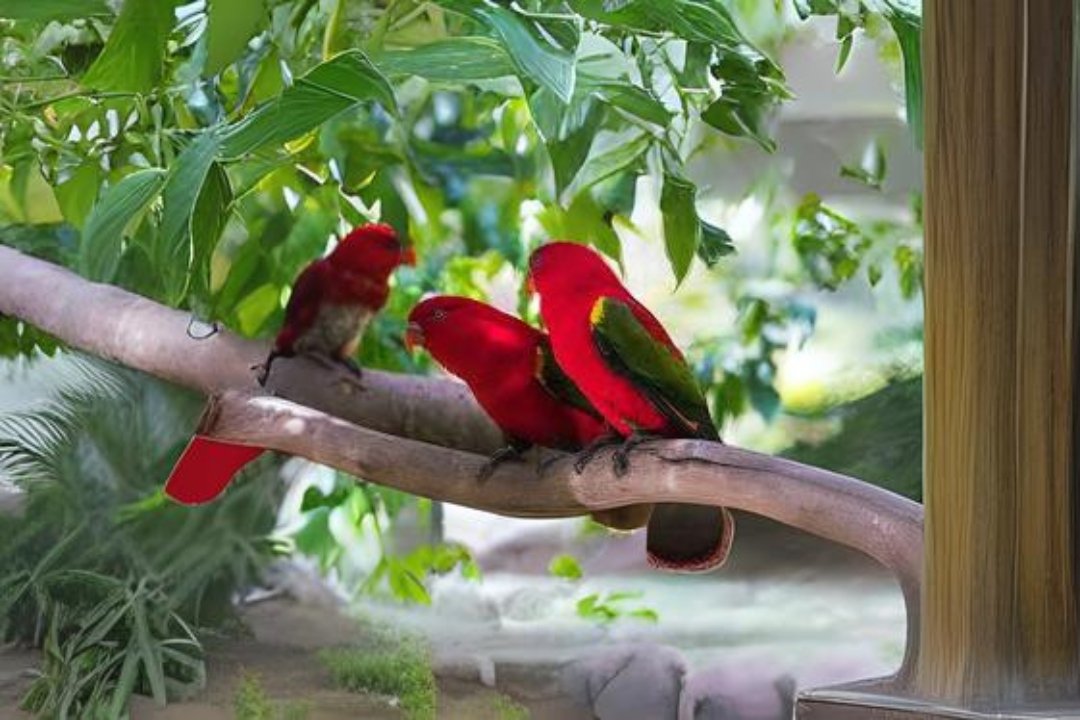
Interaction with Humans
Loriinae parrots have long entranced people, both in their regular territories and as pets. Their lively tones and drawing in characters make them well known in aviaries and bird parks all over the planet. Notwithstanding, their particular eating regimen and social necessities require cautious consideration from their overseers. In imprisonment, they flourish with an eating routine that copies their normal food sources, including nectar, organic products, and exceptionally formed consumes less calories.
Role in Ecosystems
Loriinae parrots assume a vital part in their environments as pollinators. Their taking care of propensities help in the fertilization of different blossoming plants, adding to the wellbeing and variety of their territories. This mutualistic relationship features the significance of monitoring these birds, as their downfall could affect their biological systems.
Conservation Efforts
Different associations and preservationists are working indefatigably to safeguard Loriinae parrots. Endeavors incorporate territory reclamation, reproducing projects, and measures to battle the unlawful pet exchange. Raising public mindfulness about the situation of imperiled species and advancing feasible practices are likewise key parts of these protection methodologies.
Unique Adaptations
Loriinae parrots have a few novel variations that make them appropriate to their surroundings and ways of life:
Brush-Tipped Tongues These particular tongues are intended to extricate nectar and dust from blossoms, permitting them to flourish with their exceptional eating regimen.
Solid Paws and Mouths Their strong hooks and snouts empower them to get a handle on branches and blossoms safely while taking care of.
Dazzling Plumage Their clear varieties fill numerous needs, including drawing in mates, cover among blossoms, and flagging wellbeing and essentialness to likely mates.
Challenges in Captivity
Keeping Loriinae parrots in bondage represents a few difficulties because of their specific eating routine and social necessities. Giving a nectar-based diet requires cautious thoughtfulness regarding healthful equilibrium to forestall inadequacies. Also, their high energy levels and social nature mean they require a lot of feeling and cooperation to forestall fatigue and conduct issues.
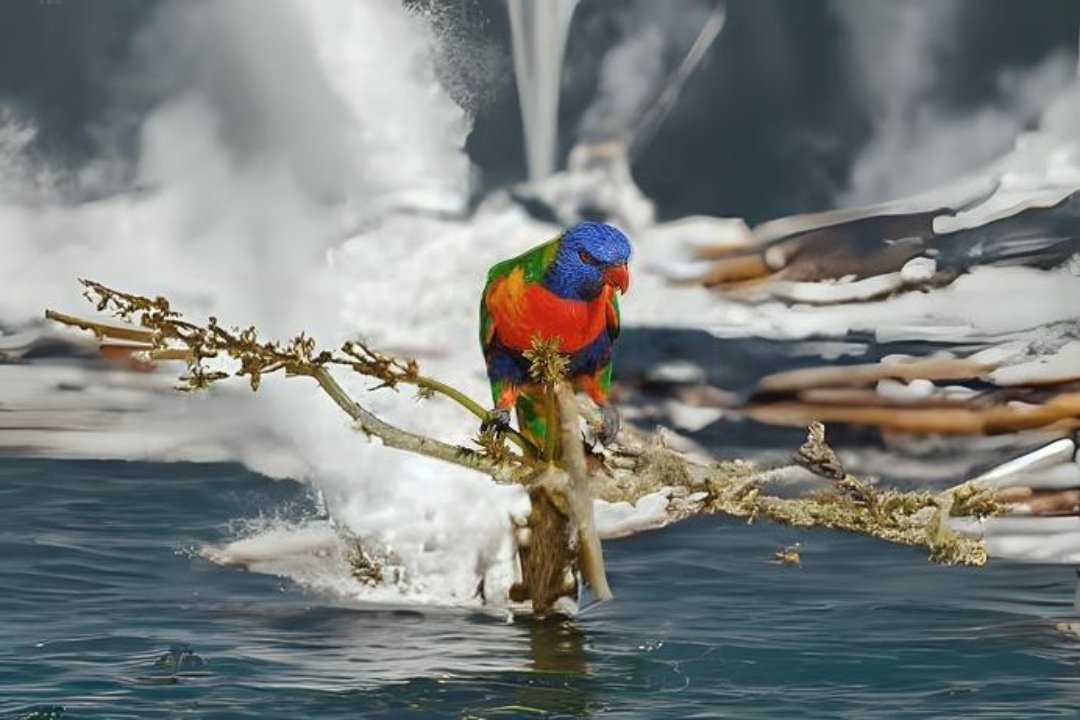
Future Research and Conservation
Progressing examination into the way of behaving, nature, and hereditary qualities of Loriinae parrots is fundamental for their preservation. Grasping their environment prerequisites, reproducing propensities, and populace elements can illuminate more powerful preservation techniques. Cooperative endeavors between legislatures, preservation associations, and nearby networks are essential for the drawn out endurance of these lovely birds.
Conclusion
Loriinae parrots are really nature’s rainbow-toned pollinators, captivating us with their dynamic tones and energetic way of behaving. Their remarkable dietary necessities and environmental jobs highlight the significance of saving their regular natural surroundings and guaranteeing their endurance. By getting it and valuing Loriinae parrots, we can add to the protection of these striking birds and backing the rich biodiversity of our planet.
Their endurance depends on direct protection activities as well as on the aggregate endeavors to keep up with the biological systems they possess. In doing as such, we protect the excellence of Loriinae parrots as well as the many-sided snare of life that upholds endless different species.
